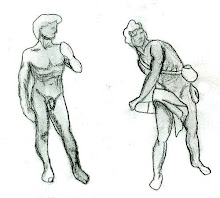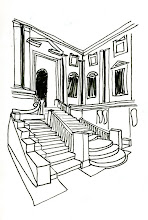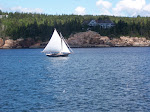Speculate:
Roth, (2007) “In the workshop wing particularly, Gropius succeeded in suggesting a weightless, transparent architecture; the wall, entirely of glass, is hung in front of the supporting structure.” (p.525) The Bauhous was designed by Walter Gropius and Adolf Meyer whose wondrous minds lead them to create the glass curtain. During the time of the Machine age was when the Bauhous was designed. Today the weightless glass curtain can be found in Modern styled buildings as well, take the Gatewood Studio Arts Building for example.
Compose:
Roth, (2007) “And seventh, he wrote: Composition must be good first, but it must be beautiful as well. You must therefore compose a building with a view towards its usefulness and its beauty. You will seek character, which contributes to beauty by creating variety.” (p.447) This passage from the reading is speaking of the rules written by Julien Guadet in 1901. It is a summarization of instruction giving during the last half of the nineteenth century. This writing took place at École des Beauz-Arts. Guadet felt that without good composition the project was not worth doing.
Energize:
Roth, (2007) “By exploiting the potential of computer-aided design technology to manage structural solutions and buildings cost, Gehry and his associates created a most dramatic building form that instantly put Bilbao on tourists’ maps.” (p.601) The Guggenheim Museum in Bilbao, Spain was built by Frank Gehry in 1987-1997. When the Museum was opened in 1997 the publicity was almost as energetic as the curvilinear shapes of the building itself. Gehry did exactly what was asked of him in creating a new and wonderful building as well as rejuvenating the local historical culture of Bilbao.
Shape:
Massey, (1990) “He designed complete interiors with organic or flowing, lava-like forms…the interiors have undulating ceilings, strangely curved window- and door- frames, and contain biomorphic furniture designed by Gaudi himself and carved in solid oak.” (p.46) It is said that Gaudi was greatly influenced by the Arts and Crafts movement as well as his own designs which he created in his studio. I really enjoy the fluidity and whimsical nature of his designs.
Stretch:
Roth, (2007) “At its center was to be an aerodrome set in the center of a cluster of regularly spaced office towers, with biplanes buzzing about the building. Around this core ranged five story apartment blocks set in large, grassy parks dotted with playing fields and athletic facilities…” (p.530) In the text describes Le Corbusier’s dream of what new city scopes would look like in the future. He imagined large office buildings with apartment complexes nearby. Also much like the city plans found in ancient Rome, the major areas of the city would have direct traffic routs into and out of the city. At its time this idea seemed to be quite a stretch from what populous areas were accustomed to. While I’m discussing widening the horizon of the future, architects during this time were creating buildings that seamed to stretch the vertical limits- hence, the sky scraper.
Monday, April 13, 2009
Subscribe to:
Post Comments (Atom)









No comments:
Post a Comment